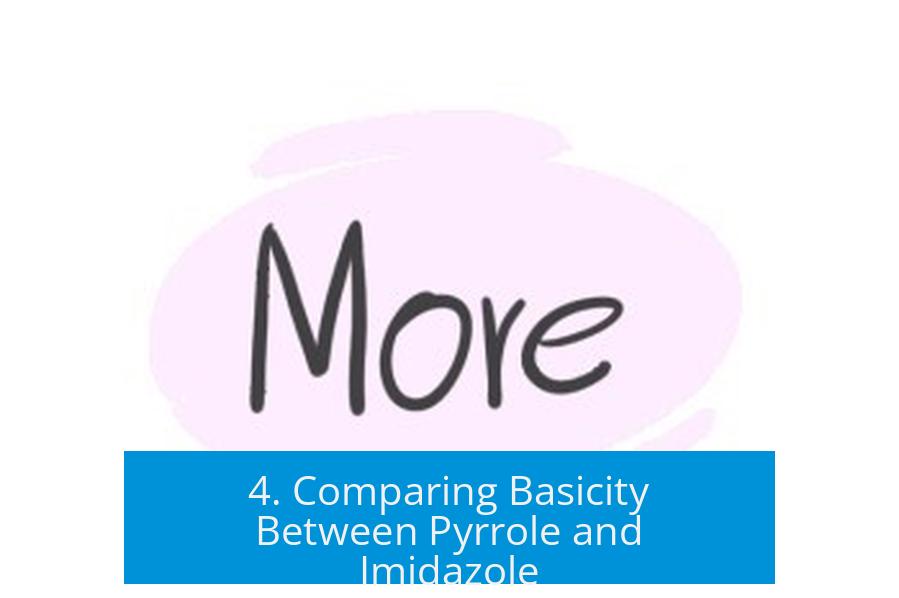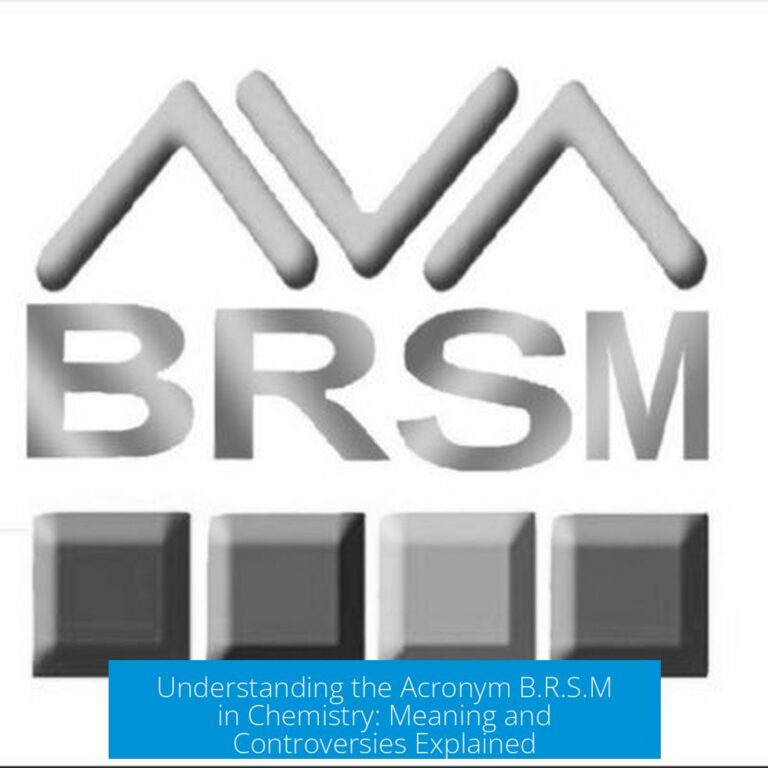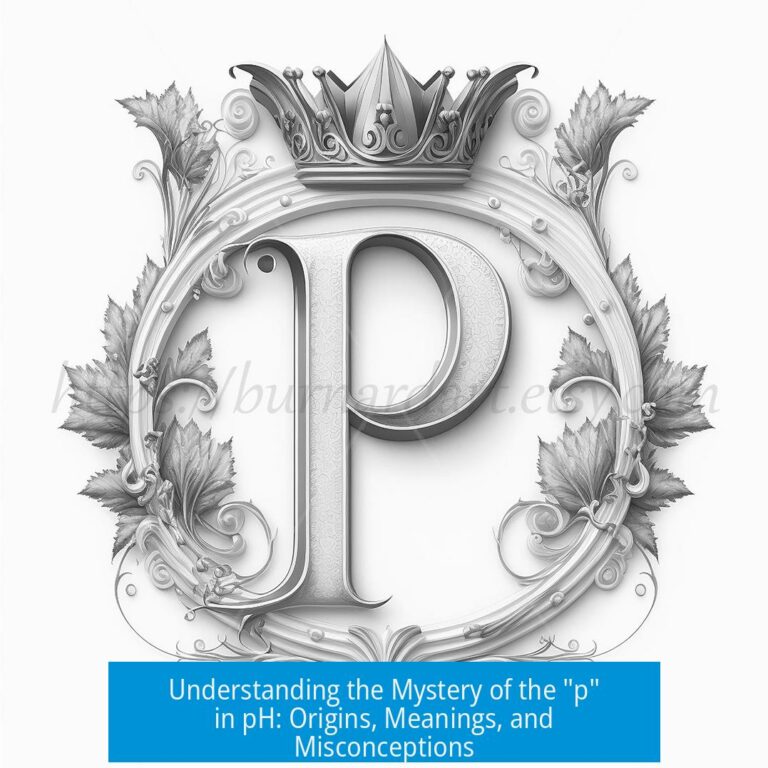Which is More Basic? Understanding Basicity in Chemistry

Determining which species is more basic depends on the stability of its conjugate acid and conjugate base, resonance effects, charge localization, and the presence of lone pairs. Generally, the more stable the conjugate base, the weaker its basicity. Hence, the less acidic compound forms the stronger base.
1. The Relationship Between Acid Strength and Basicity
Basicity and acidity are interconnected through conjugate pairs. The strength of an acid directly influences the strength of its conjugate base. A stronger acid loses a proton more easily, resulting in a more stable conjugate base that is less likely to accept a proton back. Conversely, a weaker acid forms a less stable conjugate base, which tends to be more basic. This relationship allows one to infer basicity by examining acid strength:
- Stronger acid → weaker conjugate base → less basic.
- Weaker acid → stronger conjugate base → more basic.
For instance, when comparing two related nitrogen-containing compounds, evaluating their acidity provides insight into their relative basicities. This conjugate relationship forms the foundation for comparing basicity across different molecules.
2. Charge Localization and Resonance: Impact on Basicity
Charge distribution significantly affects basicity. A negative charge localized on a single atom tends to be less stable but more reactive and basic. When the negative charge delocalizes via resonance, stability increases but basicity decreases due to reduced electron density availability for proton acceptance.
Consider two nitrogen-containing compounds:
- Compound A has a localized negative charge on one nitrogen atom.
- Compound B shares the negative charge between two nitrogens through resonance.
In this case, Compound A’s localized charge is less stable but more basic. Compound B’s resonance stabilization disperses the negative charge, making it less reactive and thus less basic.
Additionally, inductive effects, such as the negative inductive (-I) effect and mesomeric (-M) effect from a ring nitrogen, can further stabilize the conjugate base by withdrawing electron density. This electron delocalization decreases basicity by reducing the availability of lone pair electrons to accept protons.
3. Influence of Lone Pairs on Nitrogen and Basicity
The number of lone pairs on nitrogen atoms directly influences basicity. Each lone pair represents a potential site to accept a proton:
- More lone pairs can increase basicity by providing more electron density.
- The environment and involvement of these lone pairs in resonance can modulate their reactivity.
For example, a compound with two lone pairs on nitrogen may seem more basic than one with a single lone pair. However, if one or more lone pairs participate in resonance and share electron density with other atoms, their availability for proton binding reduces, lowering basicity.
4. Comparing Basicity Between Pyrrole and Imidazole

Pyrrole and imidazole serve as useful examples for comparing basicity in nitrogen-containing heterocycles:
| Compound | Acid Strength | Conjugate Base Stability | Basicity |
|---|---|---|---|
| Pyrrole | Less acidic | Less stable conjugate base | More basic |
| Imidazole | More acidic | More stable conjugate base | Less basic |
Imidazole has a nitrogen atom with a negative mesomeric effect pulling electron density away, making its N-H bond more polar. This effect increases its acidity. Accordingly, its conjugate base is stabilized through resonance and inductive effects, decreasing its basicity.
By contrast, pyrrole is less acidic. Its conjugate base is less stabilized and thus more reactive. This enhanced reactivity manifests as greater basicity. Therefore, pyrrole is more basic than imidazole.
5. Language Note: Comparative and Superlative Forms of “Basic”
Separately, it is important to understand the comparative and superlative forms of the adjective “basic,” although this is unrelated to chemical basicity.
- Comparative form: “more basic” (e.g., The second course is more basic than the first).
- Superlative form: “most basic” (e.g., This is the most basic lesson of all).
These forms follow a regular pattern, using “more” and “most” to express increasing degrees of simplicity or fundamentality.
Note: This section concerns linguistic usage and should not be confused with chemical properties.
Summary of Key Points
- Basicity inversely relates to the stability of the conjugate acid and conjugate base.
- Localized charges increase basicity by making the conjugate base less stable but more reactive.
- Resonance and inductive effects stabilize conjugate bases, reducing basicity.
- More lone pairs on nitrogen can enhance basicity unless they are involved in resonance.
- In nitrogen heterocycles, pyrrole is more basic than imidazole due to differences in conjugate base stability.
- “More basic” and “most basic” are comparative and superlative forms used in language, not chemical descriptors.
Which is More Basic? Understanding Basicity in Chemistry and Language
When we ask, “Which is more basic?”, the answer depends heavily on context. Are we talking chemistry, grammar, or everyday life? Let’s unravel this double entendre with a joyful stroll through the chemistry of proton donors, electron sharers, and English comparisons.
Basicity in Chemistry: The Tug of Protons and Charge Stability

First, let’s dive into the world of acids and bases, where “basic” isn’t just simple or easy—it’s a precise descriptor of a molecule’s behavior.
Picture two acids facing off. The one that donates its proton more easily is stronger, right? That means its conjugate base—what’s left after proton donation—is weaker in its ability to steal protons back. So, when comparing bases, the base paired with the weaker acid is often more basic, as it’s less stable (and more eager) to grab a proton. That’s the neat dance of acid strength versus conjugate base strength.
For example, consider nitrogen-containing compounds like pyrrole and imidazole. Imidazole has a nitrogen (=N) with a negative mesomeric effect, which pulls electrons and makes the N-H bond more polar and acidic. Imidazole’s conjugate base is more stable, meaning it’s less reactive and ultimately less basic. The pyrrole anion, in contrast, is the stronger base.
Why Charge Localization and Resonance Matter
It often pays to look at charge distribution. Imagine two compounds: one with negative charge localized solely on one nitrogen, and another with that charge spread (resonance) between two nitrogens. Which sounds more eager to snag a proton?
Turns out, the less stable, more localized charge is the key. The lone nitrogen holding that negative charge feels less comfortable and is hungrier for a proton, making it more basic. The resonance-stabilized molecule’s electrons have more places to “hang out,” making it more stable—and thus less basic.
Here’s a surprising twist: some argue that a compound with more lone pairs on nitrogen automatically becomes more basic since there seems to be more “proton-catching” spots. However, it’s not just the number of lone pairs—it’s about how those lone pairs are engaged. When electrons delocalize into resonance or experience inductive effects, like in ring structures, their availability to accept protons drops.
The Lone Pairs vs Resonance Tug-of-War
Imagine a Nitrogen with two lone pairs seemingly shouting, “I want a proton!” But if those lone pairs spread out their negativity through resonance—cloaking their reactivity—this eagerness is subdued. So while quantity suggests stronger basicity, the quality of lone pair localization beats it.
English: The Clever Side of “More Basic”
Switching gears to linguistics, “more basic” is the comparative form of the adjective “basic,” while “most basic” is its superlative. These forms tell us about levels—be that complexity, simplicity, or fundamentality.
We say “more basic” to compare two things. For example, “The second level of the course is more basic than the first level,” signals that level two is simpler. “Most basic” crowns the simplest or most fundamental of all, like “The concept of addition is the most basic in mathematics.”
Keep in mind the subtle shades of meaning. “Basic” can mean easier or less complex, as in “this tutorial is more basic.” Or it might indicate fundamental, like “learning the alphabet is the most basic step in literacy.” English speakers effortlessly use “more basic” and “most basic” every day without thinking twice—just like chemists wrestle with proton affinities.
Bridging Chemistry and Language: Which Is More “Basic”?

So, when someone asks, “which is more basic,” are they seeking the molecule more willing to accept a proton, or the concept easier to understand? The answer is both! But it depends.
In chemistry, stability and charge localization are judges of basicity. The more localized negative charge, fewer resonance structures, and fewer electron-withdrawing groups, the more basic the molecule. Pyrrole’s conjugate base easily wins over imidazole’s due to less resonance stabilization.
In language, “more basic” is a friendly comparison tool signaling a higher degree of simplicity or fundamentality—not electron clouds and proton whims.
Practical Tips to Remember Which Is More Basic in Chemistry
- Check the acid strength: The weaker the acid, the stronger its conjugate base.
- Look for resonance: More resonance means electrons are more stable, making the base less reactive and less basic.
- Consider charge localization: Localized negative charge boosts basicity; shared charge reduces it.
- Don’t be fooled by lone pairs alone: Their environment and engagement in resonance matters more than just their number.
Why Does This Matter?
Understanding which species is more basic drives practical chemistry: from designing drugs to predicting reaction pathways. Over- or underestimating basicity can lead to ineffective medicines or failed reactions. It’s a fine art balanced by careful analysis.
In language, knowing how to use comparatives like “more basic” keeps communication clear and precise. Want to say one skill is easier than another? Use “more basic.” When something is the simplest or most fundamental? Use “most basic.”
Final Question to You
Next time you wonder “Which is more basic?”, pause. Are you measuring molecular electron eagerness or comparing simplicity in language? Maybe you’re doing both at once! Either way, the secret lies in understanding context, stability, and clarity.
Keeping these facts in mind—a molecule’s charge dance with protons or an adjective’s comparative meaning—lets you tackle any scenario confidently. Now, if only tackling life’s tough questions was as neat as this chemistry and grammar combo!
What determines which conjugate base is more basic?
The conjugate base of a weaker acid is more basic. A strong acid forms a stable conjugate base, which is less basic. Less stable anions hold their charge less well and act as stronger bases.
How does charge localization affect basicity?
More localized negative charge is less stable but more basic. Resonance spreads the charge across atoms, stabilizing it and reducing basicity.
Does the number of lone pairs on nitrogen influence basicity?
Yes. Nitrogen atoms with more lone pairs are generally more basic because they have more electrons available to accept protons.
Between pyrrole and imidazole, which is more basic and why?
Pyrrole is more basic. Imidazole is more acidic due to electron-withdrawing effects on nitrogen, making its conjugate base less basic.
How are the terms “more basic” and “most basic” used?
“More basic” compares two things, implying one is less complex or simpler. “Most basic” describes the simplest or most fundamental among multiple items. Both express increasing levels of simplicity or fundamentality.





Leave a Comment